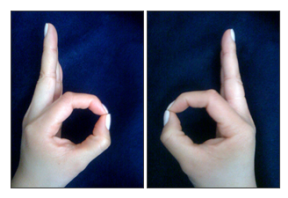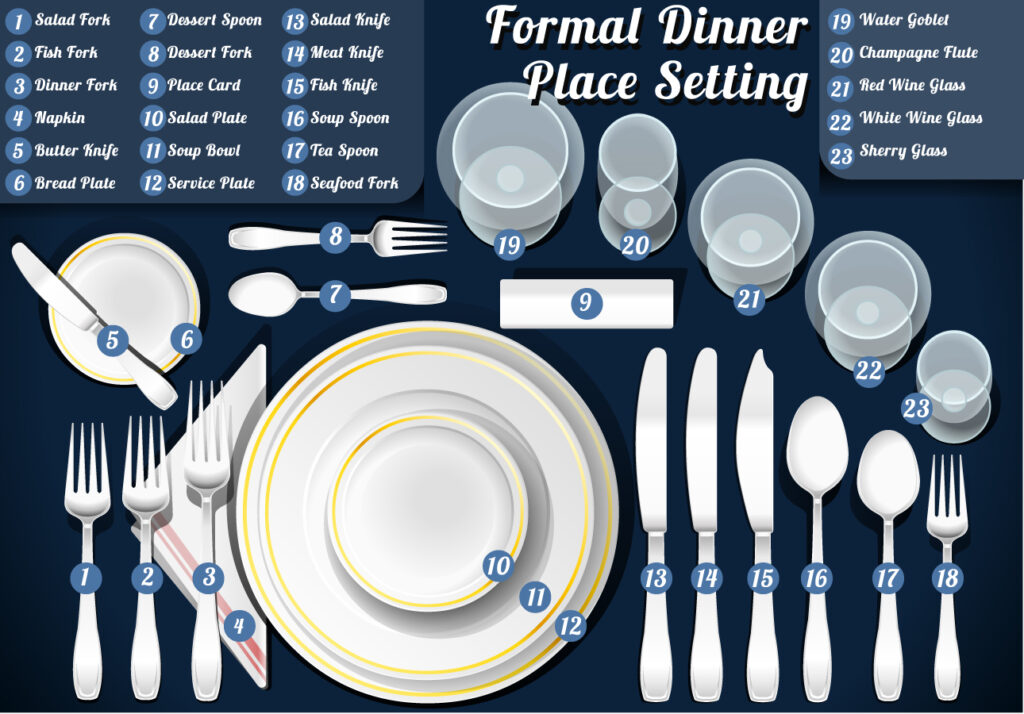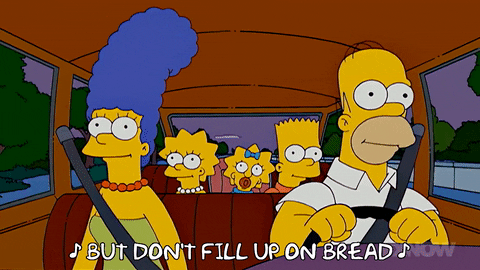Most of us can barely spell the word etiquette much less know all the nuances to feel comfortable in a formal dining setting. Let’s take a quick look at some things to know to keep in the good graces of employers and future clients.
Why do I need to know this?
It is common for companies to host a dinner the night before interviews, for instance, Public Accounting firms often host a dinner before the second round interview. The purpose ultimately is to see how you will interact with others in a social setting. Social gatherings with co-workers and clients are common on engagements in this industry.
There is A LOT to even the basics of dinner etiquette and details vary depending on where you are in the world. Given that most of our employers are based in the United States, that is the guidelines we will be concentrating on. For a look at some details beyond the basics, check out the United States Dining Etiquette Guide from What’s Cooking.
The Plaza Hotel in New York City offers a “Finishing Course” based on Western (American, British and European fundamentals) etiquette with world-renowned etiquette expert Myka Meier of Beaumont Etiquette. For a preview of their $1000 course, check out this video.
What do I actually need to know?
Most students don’t need the kind of formal etiquette training that can cost thousands of dollars or that they would learn in finish school. They just need to know enough not to embarrass themselves.
A word on alcohol
We would recommend avoiding alcohol during recruiting dinners, even if the professionals are imbibing. You do not want to be remembered as the candidate that got drunk. Better to keep your brain operating at 100%.
If you feel uncomfortable, you can order the base of a mixed drink, like a Coke, Sprite, or soda water.
Napkins
As soon as you are seated, remove the napkin from your place setting, unfold it, and place it in your lap. Do not shake it open. This is not a magic show.
Do not tuck the napkin into your shirt. You are not a baby and the napkin is not a bib.

If you excuse yourself from the table, loosely fold the napkin and place it to the left or right of your plate. Do not refold your napkin or wad it up on the table either. Never place your napkin on your chair.
At the end of the meal, leave the napkin semi-folded at the left side of the place setting.
Place Settings
Is that your water or mine?
If you have ever read or heard anything about place settings you have probably seen a person hold up their hands in front of them like they’re signaling “OK” to make a “b” and “d” with their hands. This stands for bread and drink; bread on your left, drink on your right as you look at the table.

You may also remember better by the mnemonic “BMW” – Bread on the left, Meal in the middle, Water/Wine on the right.
Why are there so many forks?!
As for the utensils, depending on how many courses the meal will be, there may be a lot of silverware on the table. Just work your way OUTSIDE – IN.
Here is a fairly basic table setting. Many restaurants do not put out dessert utensils and instead bring them with dessert.

Here is a more formal table setting with each piece labeled.

The Ulitmate Table Setting Guide.
The Meal
The company is buying me dinner. Should I order the most expensive thing on the menu? The cheapest thing on the menu?
When in doubt, follow the lead of your host or the person at your table that works for the company. You may say to them, “It all looks so good I can’t decide. What would you suggest?”
Any foods I should avoid?
Foods that tend to get sloppy, like spaghetti, or foods that you eat with your hands, like peel and eat shrimp or boiled crawfish, are probably not a good idea at this type of event.
Soup can be tricky as well. Avoid slurping – this is an example of a cultural difference as slurping soup or noodles is often considered good manners in many other cultures.
Yum, Bread!
When eating bread, rip off small bites rather than biting into the entire piece at once.
Remember, bread is not a meal in and of itself, so you can enjoy it…

What if I have dietary restrictions?
Discretely advise the wait staff as they come around to take orders.
The waiter brought my food but other people who also got their food are not eating. What is happening?!
As the servers are bringing the food out, wait until everyone at your table has been served before beginning to eat. Sometimes there can be a delay when one person’s food has not yet arrived. That person, or your host, will often say “please eat”. At that point, you can begin.
What if there is something wrong with my meal?
Make eye contact or hold your index finger up to get the wait staff’s attention; if your order needs to be taken back, tell everyone else to begin eating.
OK, we are eating. I feel better now…
Here are some additional tips:
Small Talk: Guests should do their best to mingle and make light conversation with everyone at the table but if the table is very large, don’t shout across it. Give others equal opportunities for conversation. Although this is a “work” event, don’t dive right into office talk. The hosts want to see how you hold yourself in an environment outside of work. So talk about hobbies, what others like to do for fun, outside of work. Avoid politics, religion, and other sensitive or controversial topics.
Don’t forget to talk! It’s easy for more introverted students to sit back and watch and not interact with the other people at the table. This can be as detrimental as taking over the conversation or talking about controversial/sensitive topics.
Turn off your cell phone or switch it to silent or vibrate mode before sitting down to eat, and leave it in your pocket or purse. It is impolite to answer a phone during dinner. If you must make or take a call, excuse yourself from the table and step outside of the restaurant.
Do not use a toothpick or apply makeup at the table.
Say “Excuse me,” or “I’ll be right back,” before leaving the table. Do not say that you are going to the restroom.
Do not push your dishes away from you or stack them for the waiter when you are finished. Leave plates and glasses where they are.
Do not order dessert or after-dinner coffee unless the host initiates. When in doubt, follow what the host does.

